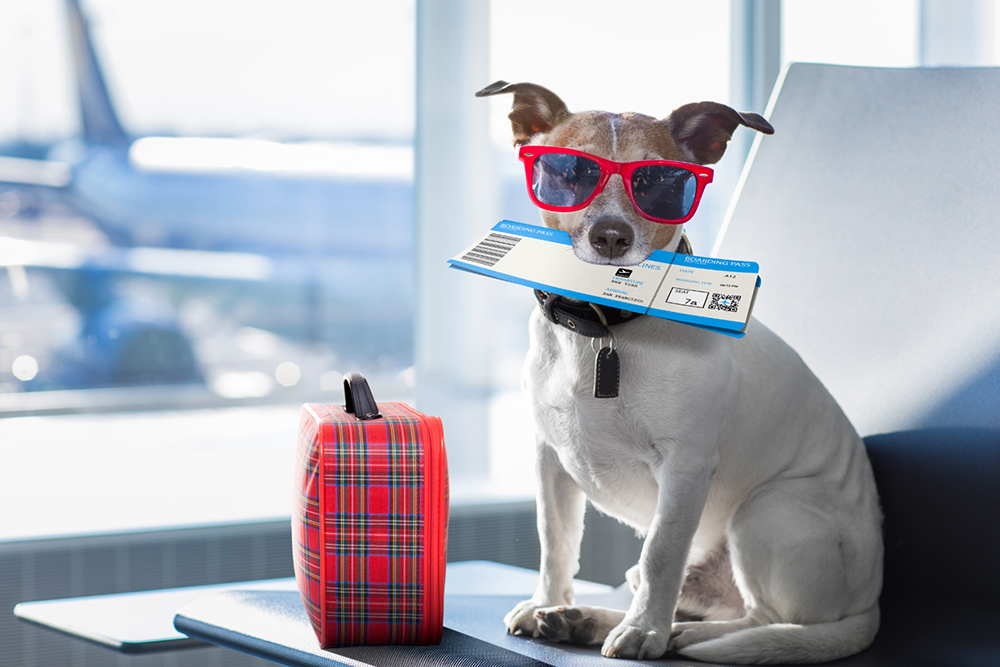Import, Export And Transshipment

Pet Import and Export: Ensuring a Safe and Smooth Journey for Your Furry Friends
Pet import and export involve relocating domesticated animals across international borders. Whether you are moving to a new country with your beloved pet or engaging in pet trade, it’s crucial to understand the processes, regulations, and considerations to ensure a safe and stress-free journey for your furry friends.
1. Research and Plan Ahead: Before embarking on any pet import or export journey, conduct thorough research on the destination country’s pet import requirements, regulations, and quarantine procedures. Start planning well in advance, as the process can be time-consuming, and compliance with rules is essential for a seamless experience.
2. Health Check and Vaccinations: Ensure your pet is in good health by scheduling a visit to the veterinarian. Your pet will need a health check-up and may require specific vaccinations to meet the importing country’s health requirements. Keep all necessary documentation and records handy during the journey.
3. Microchipping and Identification: Microchipping your pet with an international microchip is crucial for identification purposes during travel and in case your pet gets lost. Update the microchip details with your current contact information to facilitate easy tracking if needed.
4. Choose the Right Pet Carrier: Select a sturdy and appropriately sized pet carrier that complies with international airline and transportation regulations. Make sure the carrier provides sufficient ventilation, comfort, and security for your pet during the journey.
5. Crate Training and Familiarization: Introduce your pet to the travel crate well before the trip. Crate training helps reduce stress during travel and allows your pet to feel more secure in the confined space. Familiarize your pet with the carrier by placing treats, toys, and bedding inside.
Regarding content writing in the context of pets, there might be opportunities for pet-related content writers to gain expertise and recognition through various means. Some suggestions to establish credibility and improve your skills as a pet content writer include:
Education and Courses: Look for writing courses, workshops, or online programs that focus on pet-related topics, such as pet care, training, behavior, health, and general pet-related knowledge.
Pet Industry Experience: Gaining hands-on experience in the pet industry, either through working with pets, volunteering at animal shelters, or interning with pet-related organizations, can enhance your understanding and writing capabilities.
Networking: Connect with professionals in the pet industry, such as veterinarians, animal behaviorists, pet trainers, and other experts, to gain insights and build your network.
Portfolio Building: Create a portfolio showcasing your pet-related content writing skills. Include articles, blog posts, social media content, or any other relevant writing samples.
Online Platforms: Consider contributing to pet-related websites, blogs, or publications to gain exposure and demonstrate your expertise.
Continuous Learning: Stay updated on the latest trends and developments in the pet industry, as well as content writing best practices.
Certifications: While there might not be an “AVS Recognized Pet Agent” license specifically for content writing, there could be other certifications or accreditations related to writing or pet care that you can pursue to enhance your credentials.
Always research thoroughly and verify the legitimacy and reputation of any certification or licensing program you consider. Additionally, ensure that your writing complies with ethical guidelines and best practices when it comes to providing information and advice about pets.
Frequently Asked Questions
Pet import and export involve the transportation of pets across international borders. Whether you’re moving with your furry friend or facilitating pet trade between countries, this content provides valuable information and frequently asked questions regarding pet import and export.
Yes, in most cases, you can bring your pet when moving to another country. However, different countries have specific import regulations, health requirements, and quarantine rules. It’s essential to research and comply with the destination country’s pet import guidelines.
Common requirement for pet import is ISO microchipping, Core (Canine/Feline) vaccination, Rabies vaccination, health certificate issued by a licensed veterinarian.
A passed Rabies serology report is mandatory if your pet is complying to import requirement Category B, C & D countries.
Pet will need to be quarantined upon arrival from Category C & D countries.
For the pet arriving from Category C countries, a minimum of 10 days quarantine is required.
For the pet arriving from Category D countries, a minimum of 30 days quarantine is required.
We do not recommend you to bring your pet for holiday at all.
Every pet leaving Singapore will need to comply with export & import requirements once it step out of Singapore Border. There is no shortcut for returning to Singapore.
Export & import requirements can change at any point of time without notice.
Yes, it is compulsory that your dog or cat have a valid AVS dog or cat licence before travel.
